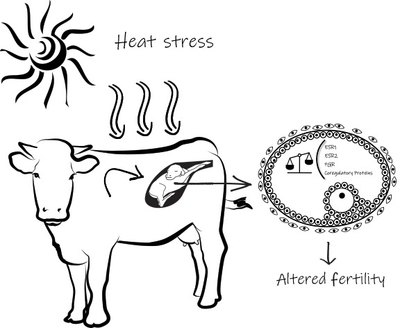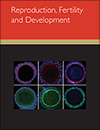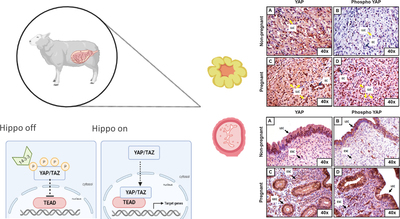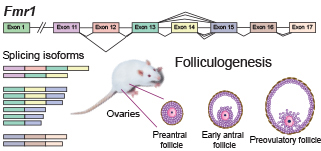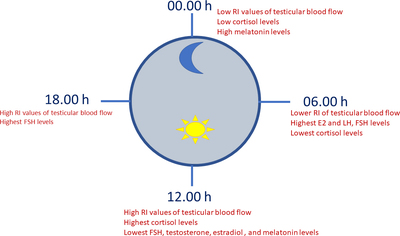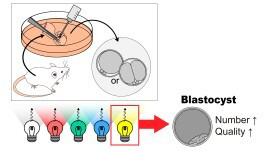Reproduction, Fertility and Development
Volume 34
Number 16 2022
It has been widely demonstrated that heat stress affects fertility in dairy cattle in geographic regions that have high temperature-humidity indices. This is one of the first studies that indicates that adverse environmental conditions, like heat, suffered by pregnant cows, are associated with ovarian modifications at the molecular level of the daughters when they are adults. The results obtained emphasise the need to control the environmental and management conditions of the females during pregnancy, considering the possible effects on the fertility of the progeny.
This is the first report in ewes showing that early pregnancy alters the expression and activity patterns of the Hippo signalling pathway effector YAP in the corpus luteum but not in the endometrium. Our data provide considerable insight into the expression and activity of a novel signalling pathway underlying pregnancy recognition and establishment in ewes. We demonstrate the effect of early pregnancy on the YAP expression and activity in endometrium and corpus luteum subjected or not to induced negative energy balance.
The main genetic cause of isolated Primary Ovarian Insufficiency (POI) is due to an expansion of a CGG repeat located on the 5′UTR of the FMR1 gene responsible for Fragile X-associated POI (FXPOI). The gene can potentially produce multiple protein isoforms through alternative splicing of the transcript although no information is available regarding splice variants in the ovary or their implication in the pathology. Here, we analyse Fmr1 isoforms in a rat model of follicular development. We found differential expression of the variants and identified three new isoforms in the rat ovary.
Measuring reproductive hormones and testicular blood flow (TBF) is important to assess animal fertility. The present work investigated, for the first time, the influence of diurnal rhythmicity on TBF and hormones in goats. The findings of this study enrich the understanding of the physiological roles of reproductive hormones. They are reflected in the advisability of monitoring the TBF at a fixed time during the day to avoid the circadian rhythm effect because of the diurnal alterations in some parameters of TBF and circulating hormones, and adjusting the therapeutic approaches to infertility problems.
Despite the absence of light within the body, light is an essential factor in the in vitro production of embryos using a microscope. However, light irradiation can adversely affect the embryos. This study demonstrates that yellow light irradiation during in vitro mouse embryo production can do the least damage to the embryos, and the finding will contribute to greater in vitro production of high-quality embryos and reduce experimental errors generated by light exposure during mouse embryo-related studies.
 and Natalia R. Salvetti
and Natalia R. Salvetti 
